Japanese Miffy and Dutch Miffy: Cultural Difference in Anime
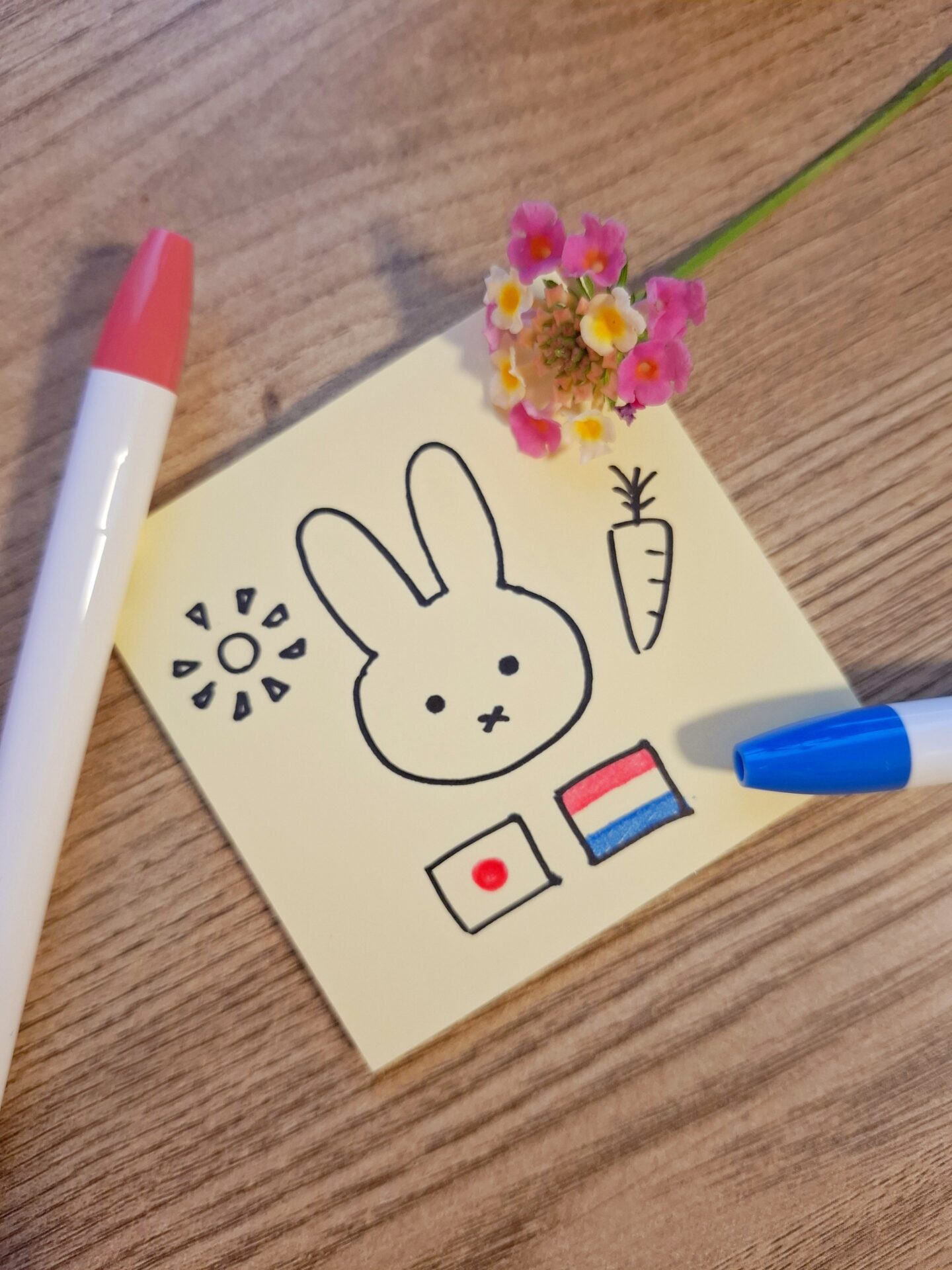
What if the same picture book could sound completely different, just by changing the language? That’s exactly what happens with Miffy.
Out of curiosity, I compared one of the Miffy series episodes in Dutch and Japanese.
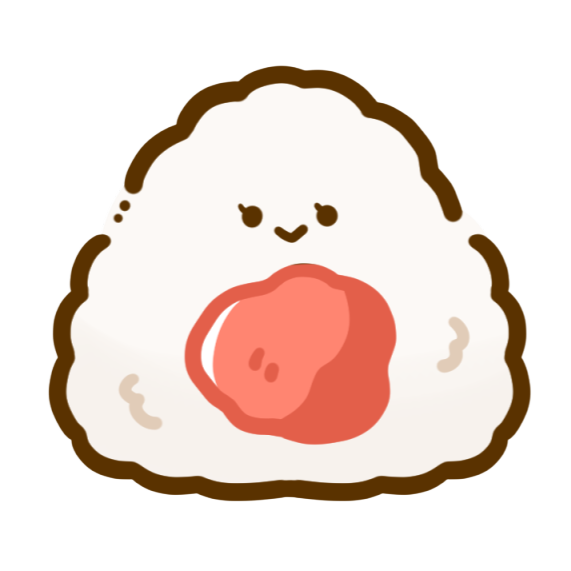
Same story, same drawings, but isn’t it funny how much the feeling shifts depending on the words and the voice of the narrator?
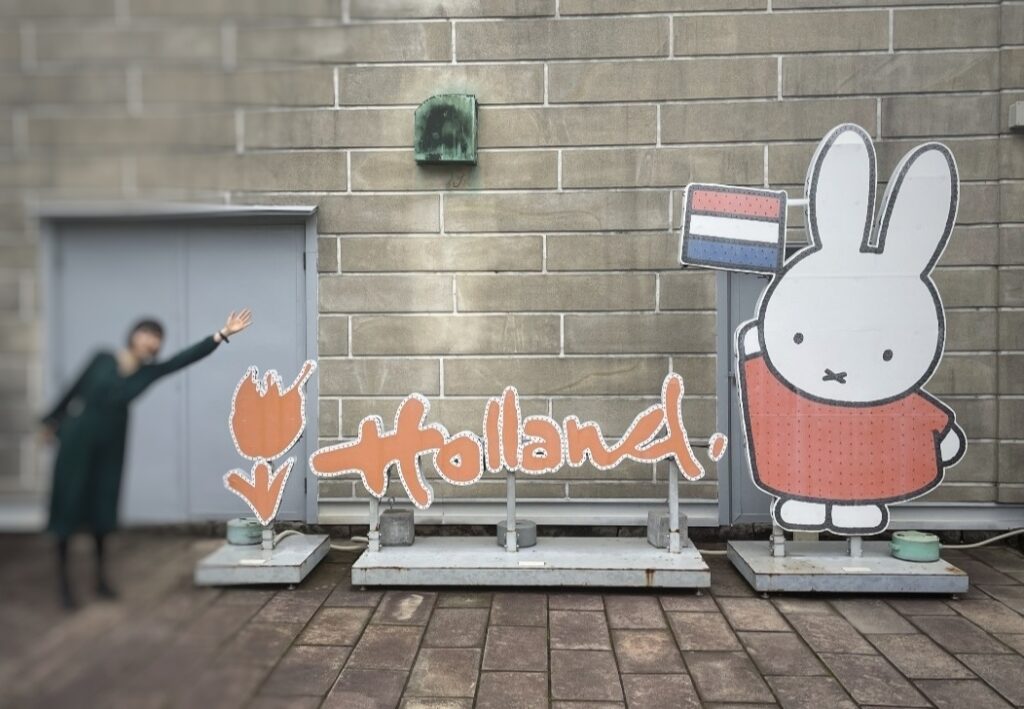
Selected Miffy Episode
This time I picked up one of the most popular winter episode):

“Miffy makes a snowbunny” (A little out of season, I know… 😅)
The drawings are identical, but the Dutch Nijntje and Japanese ミッフィー versions have two unique different colors in their storytelling.
Source Links:
Comparing Miffy between the Dutch and Japanese versions
Language style
In Dutch, the language style throughout the video is short and rhythmic. It reminds me of poetry.
“Nijntje speelt in de sneeuw. Ze maakt een sneeuwkonijn. (Miffy plays in the snow. She makes a snowbunny.)”
See it? Simple and minimalistic.
In contrast, the Japanese version feels softer, uplifting, and more detailed.
「ミッフィーは雪がだーいすきっ! おともだちといっしょに大きな雪うさぎをつくります! (Miffy loooves playing with snow~! She makes a large snowbunny with her friends!)」
It adds feelings and relationships, not just actions. Where Dutch is more minimalistic and stripped down, Japanese fills the space with warmth.
Different Narrator Voices
The Dutch storyteller comes across like a reporter, just telling us what Miffy does. Therefore, the voice tone is relatively neutral, having fewer ups and downs.
In Japanese, however, the narrator feels more like a gentle adult speaking to a child, with exaggerated tones here and there.
Sometimes they even invite the listener in: 「とってもたのしいですね~!? (It’s so fun, isn’t it!?)」.

In my opinion, it’s less about describing, but more about guiding how we are supposed to feel.
Cultural adaptation
This is just my educated guess, but those traits match what kids (and parents) expect.
I’ve heard that Dutch picture books often keep things plain and real, leaving space for the child’s imagination.
On the other hand, Japanese anime and books tend to lean toward kawaii, soft tones, and cooperation.
My Personal Impressions
As a Japanese woman who grew up with anime and manga, the Japanese Miffy honestly felt old-school and sweet, but maybe too much commentary.
Strangely enough, I prefer the Dutch Miffy. The plain style feels more natural, and perhaps closer to the world Dick Bruna drew (though I’m not so familiar with his original books).
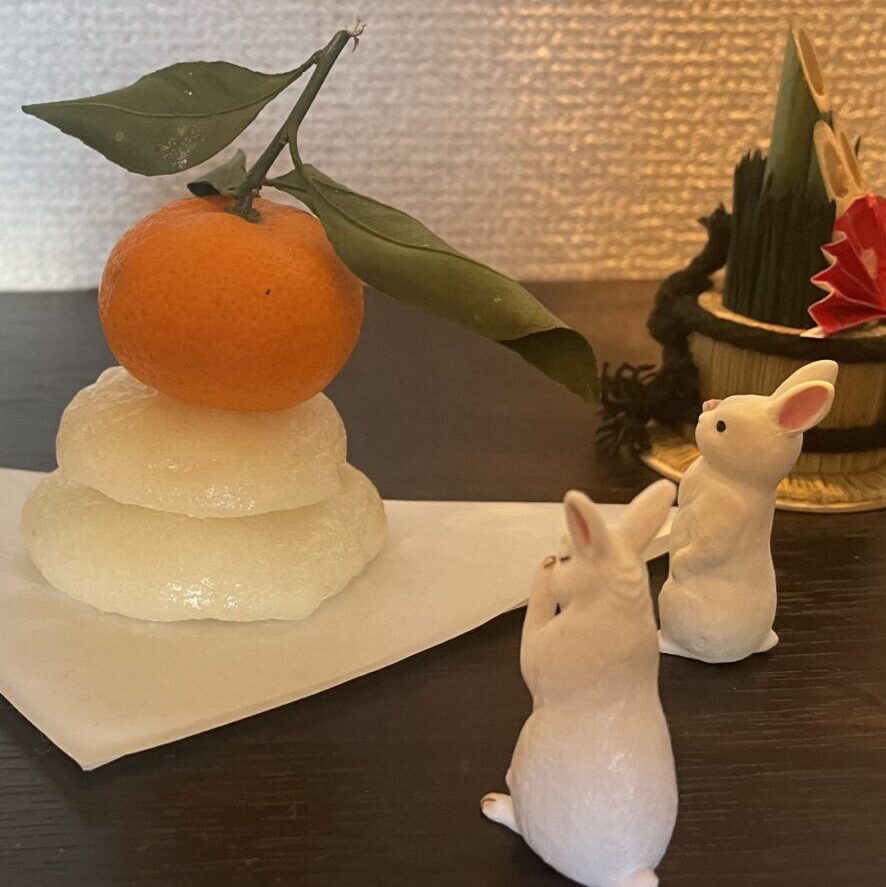
Conclusion
I would summarize the observation result as follows.
- Miffy in Dutch
- More concise and minimalistic explanations
- Down-to-earth, reflecting Dutch children’s real life
- Narrator more like a reporter (e.g., neutral voice tone)
- Miffy in Japanese
- Softer and “kawaii” storytelling
- Anime-like emotional emphasis
- Narrator more like a storyteller to children (e.g., voice change)
Now as an adult, I prefer the Dutch version, but who knows if I were a kid today.

How about Miffy series in your language?
Share your thoughts in the comment section below!
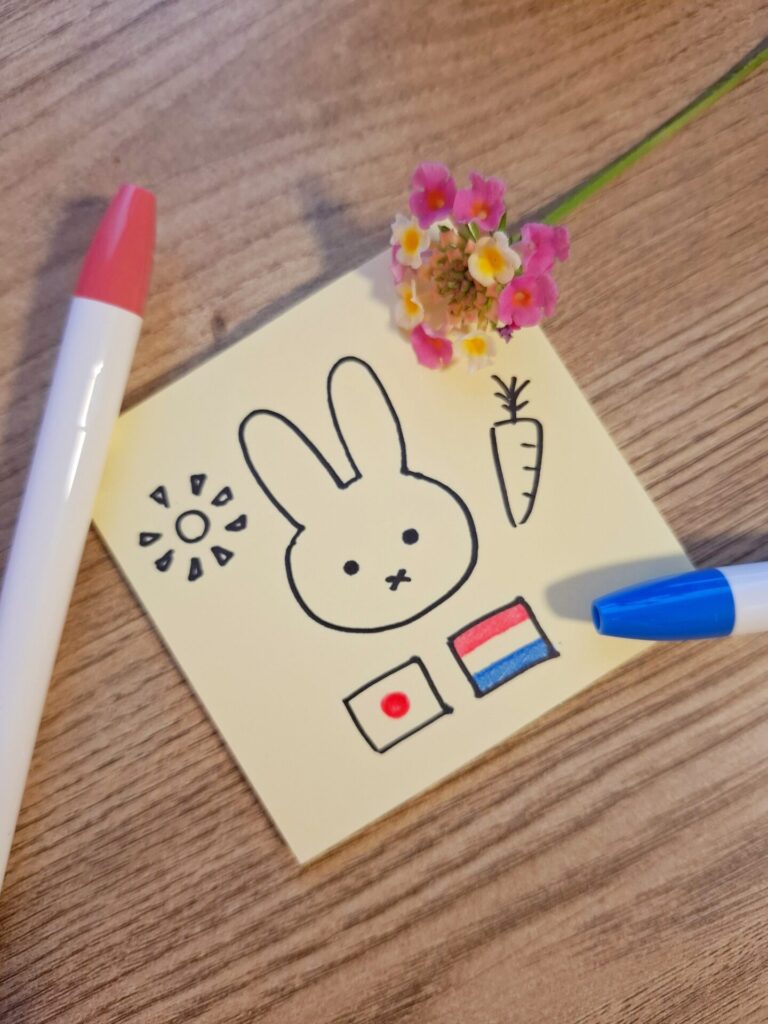
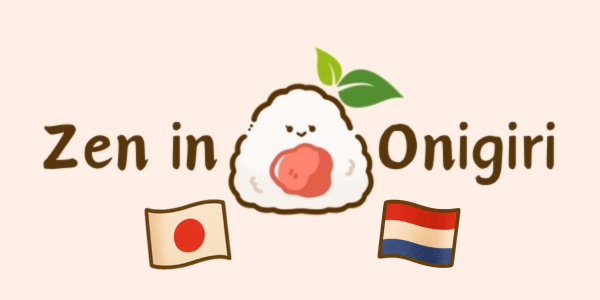
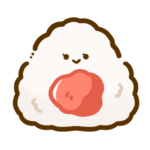
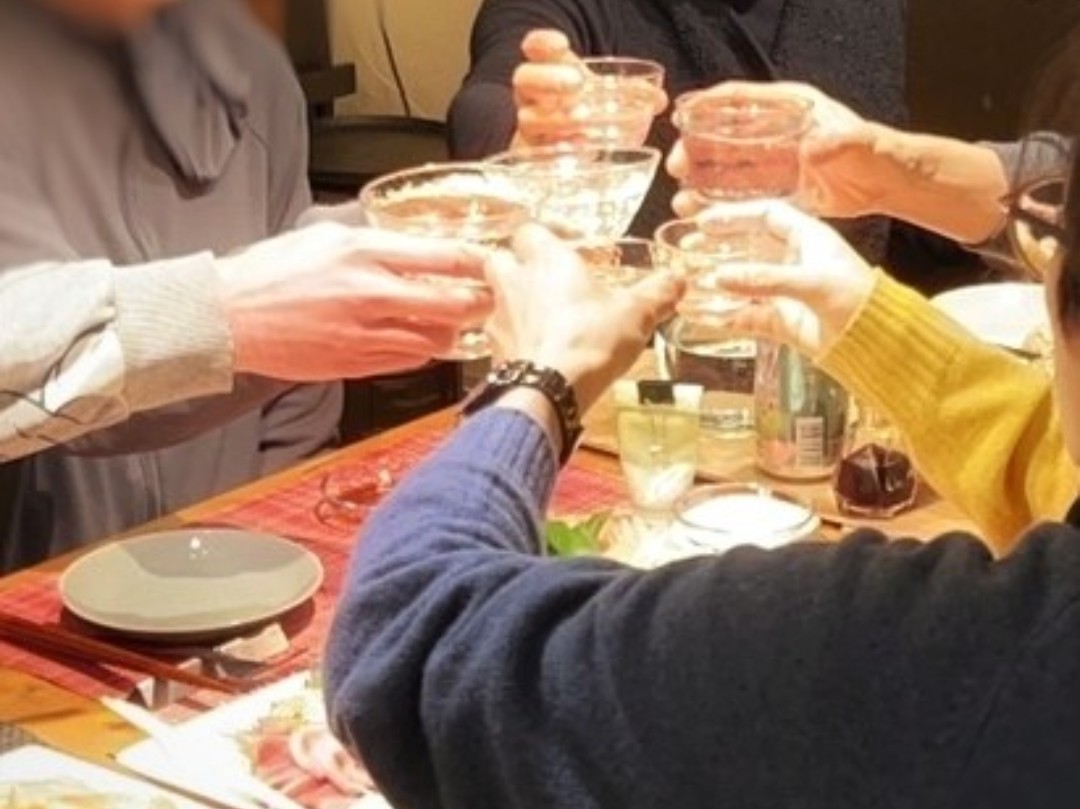
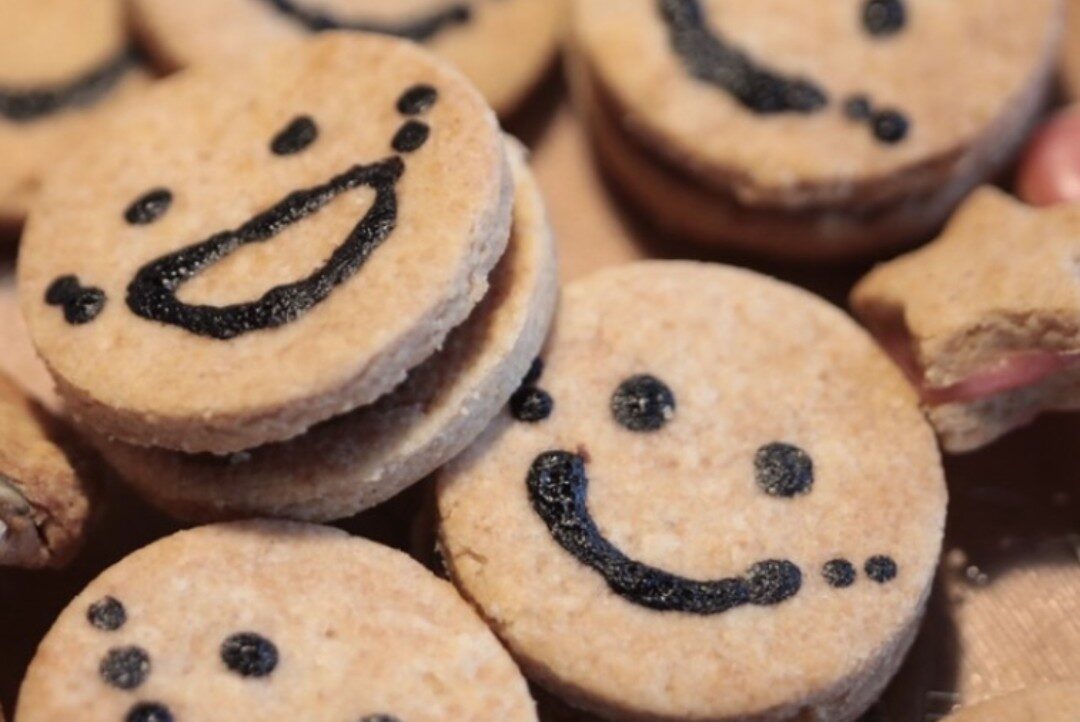

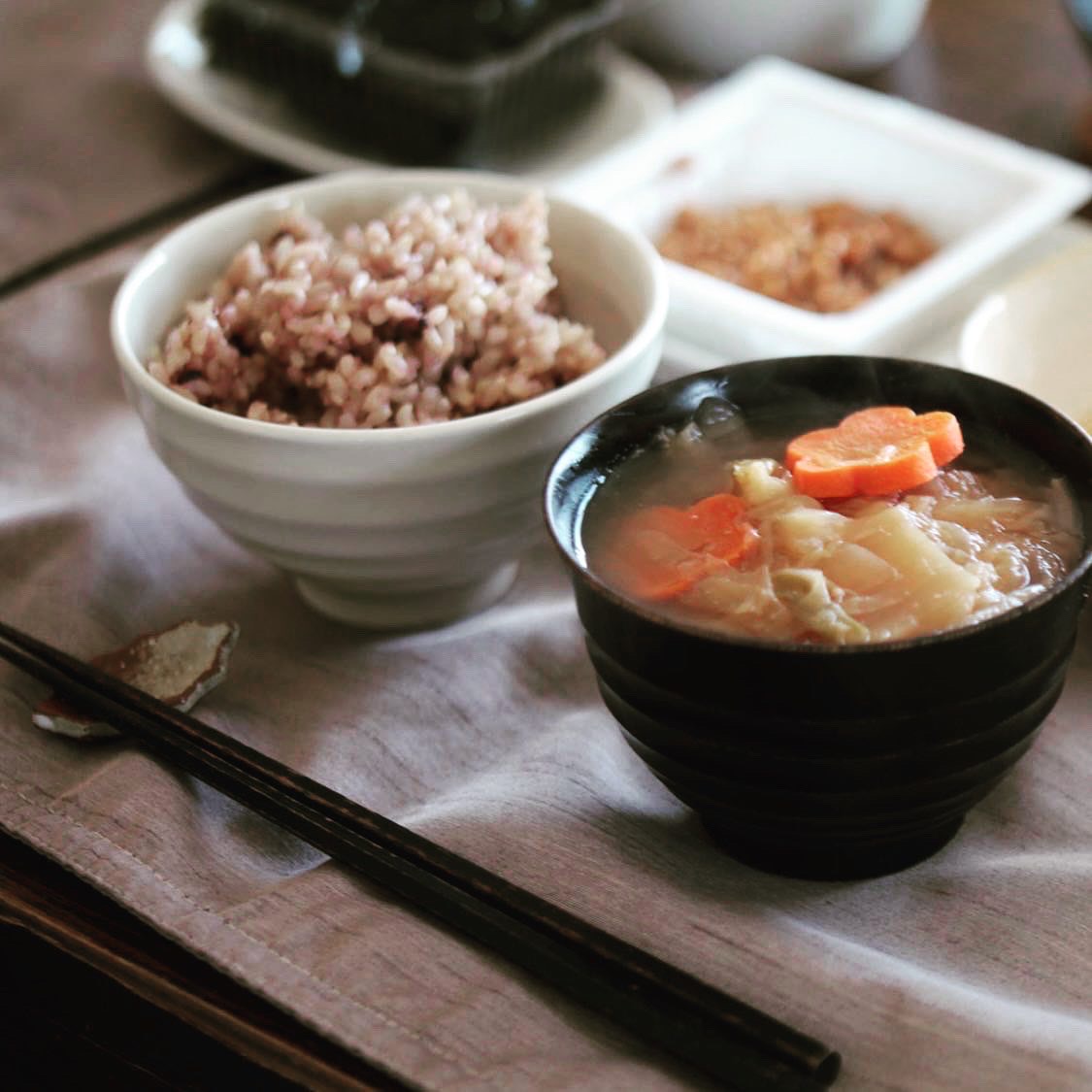
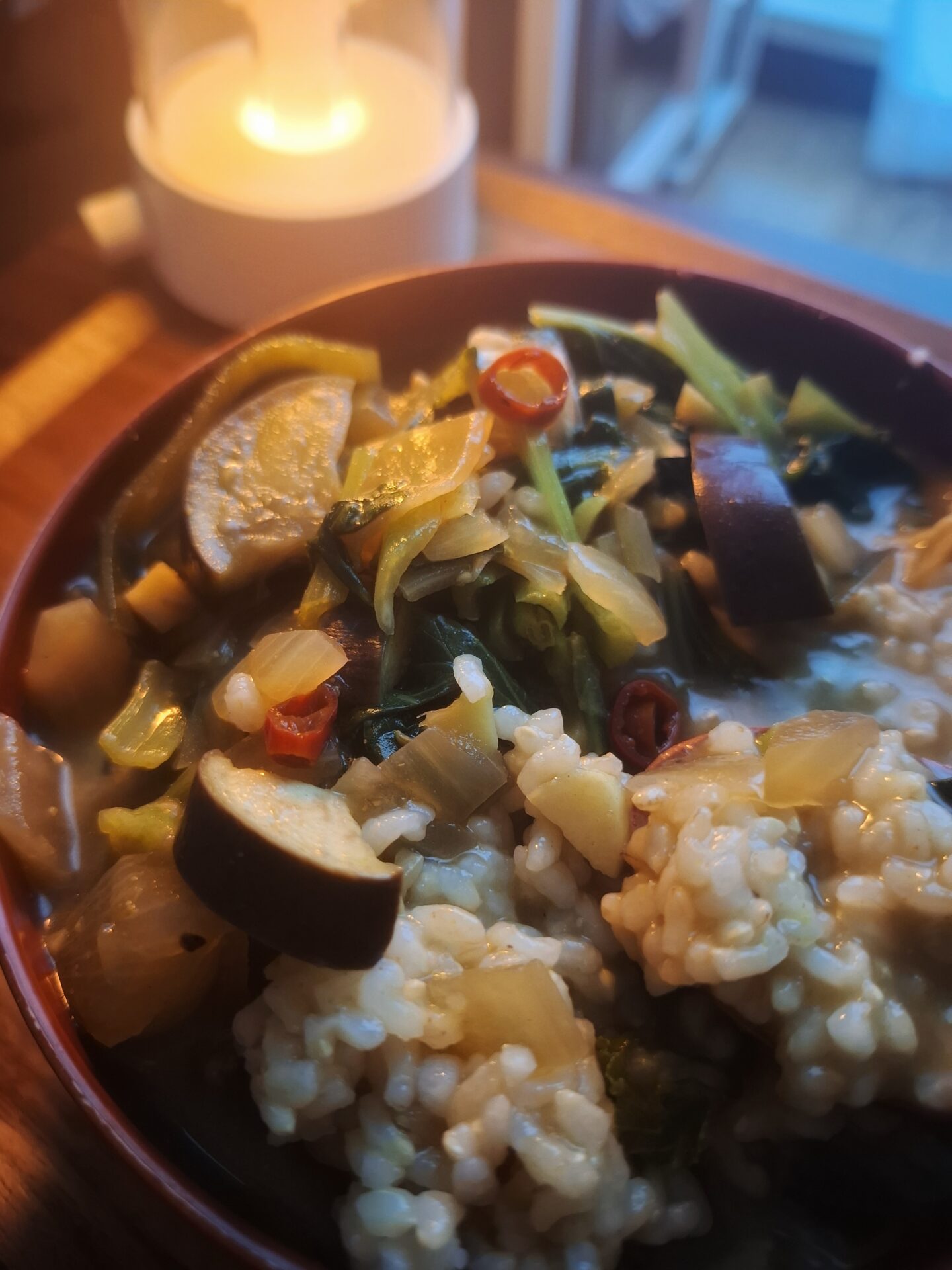
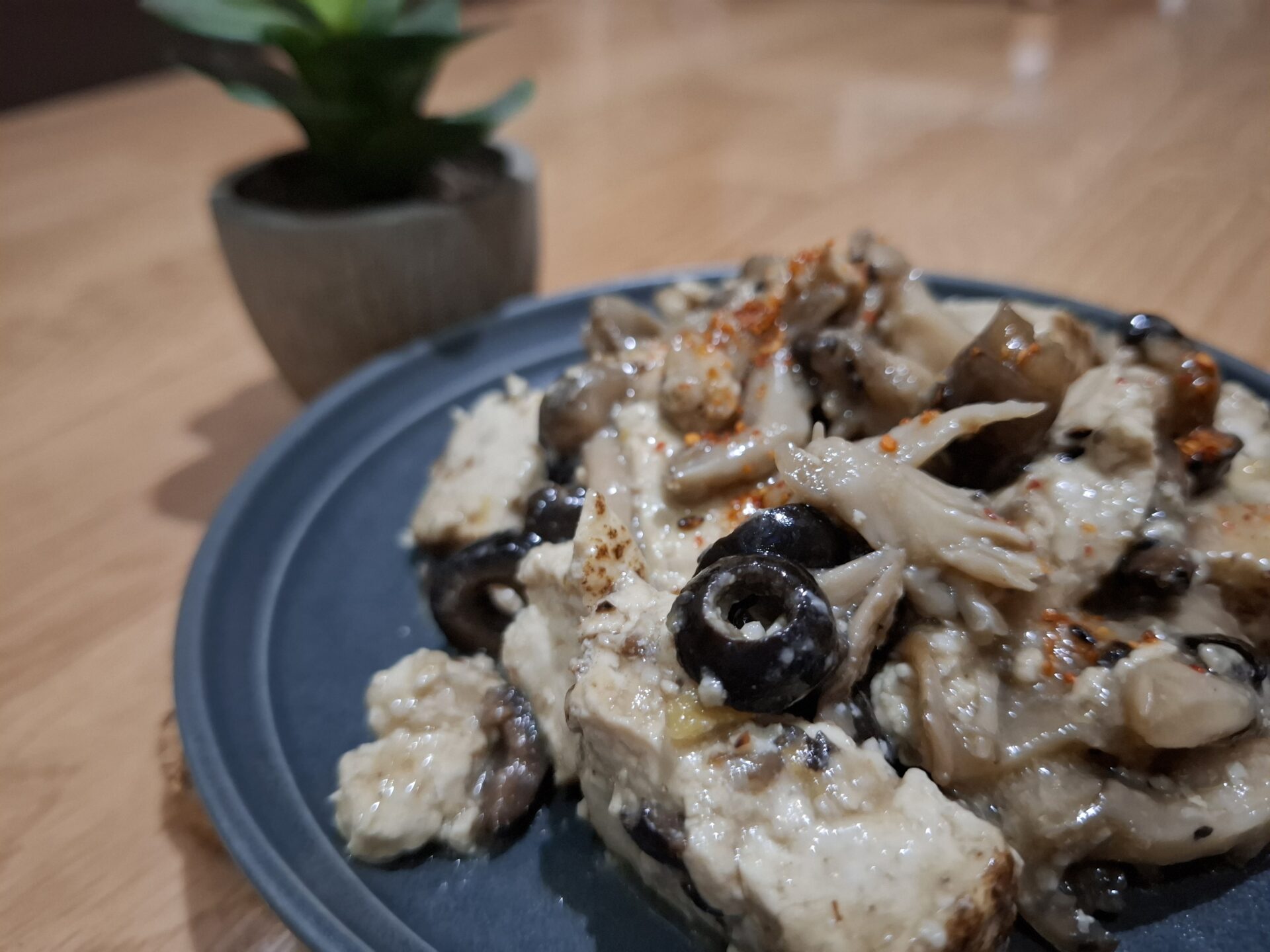
Love Miffy!
Thanks RK! Miffy beyond border:)